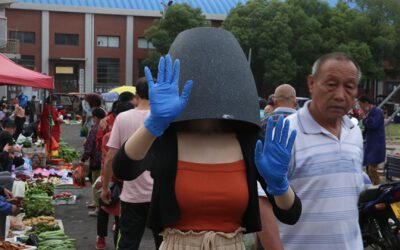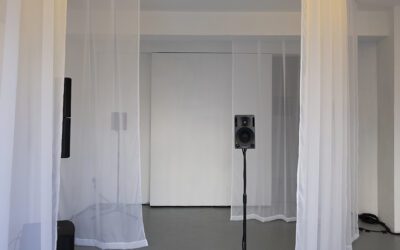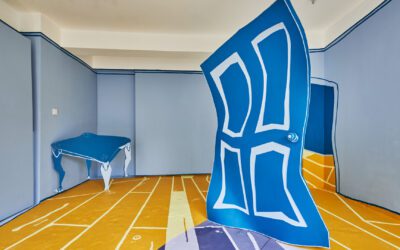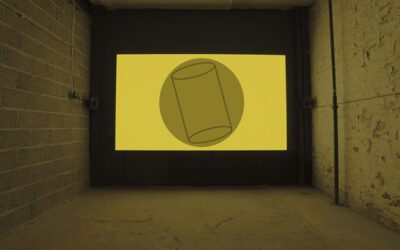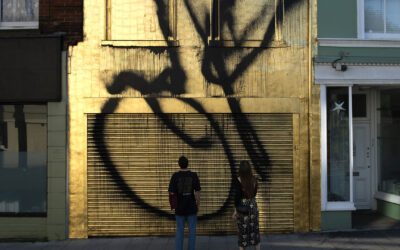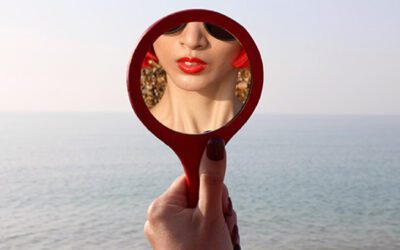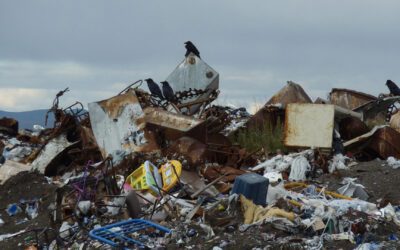During a remote residency in China under COVID19 lockdown, the artist duo Hijack carried out a series of durational performances in public spaces in their respective cities, using poetic gestures to express the absurdities of the new daily realities they’ve experienced in China.
NINE
A 6-channel sound installation created by Glasgow-based artist Bobbi Cameron, ‘NINE’ draws upon Cameron’s autobiography and contemporary queer discourses to navigate realms beyond the human.
Soft Rupture
‘Soft Rupture’ is a fully immersive site-specific installation that takes over both the inside and outside CT20’s project space. Spaces are exaggerated through forced perspective, interrupting the gallery’s existing architecture through inflated forms, colour and trompe-l’œil.
Reboot: Ruins In Reverse
Reboot: Ruin in Reverse is part of an artistic residency & exchange programme between HOP Projects CT20 and La Plateforme in Dunkirk that began in 2019.
The Colour That Is Lost With Death + Sacred Disease
Playfully seen though the feminist epistomological lens, these two artists’ moving image works utilise the body’s digestive system as an involuntary yet highly expressive vehicle to reveal, deconstruct and challenge social taboos and patriarchal desires.
OK (Untitled Action)
‘OK’ (untitled action) is a public-facing, monumental façade installation produced under the first national COVID19 lockdown in 2020.
The Mystery Of The Lady In Red 紅女郎傳說
His Lam Lei’s mockumentary entitled ’The Mystery of Lady in Red’ draws from post-colonial theories to explores the sense of disorientation in relocation experienced through personal history, the cultural heritage of her ethnicity, and gender in the UK.
In The Fourth World
‘In The Fourth World’ documents the social, economic and environmental challenges faced by the isolated Inupiaq village of Kivalina, and 200 similar native villages in rural Alaska, where indigenous people live below the poverty line.
